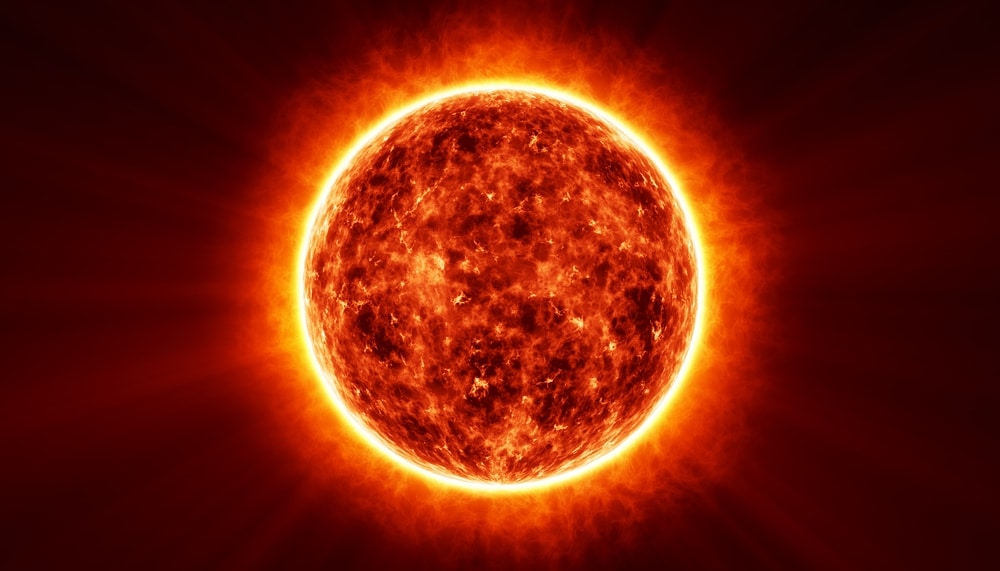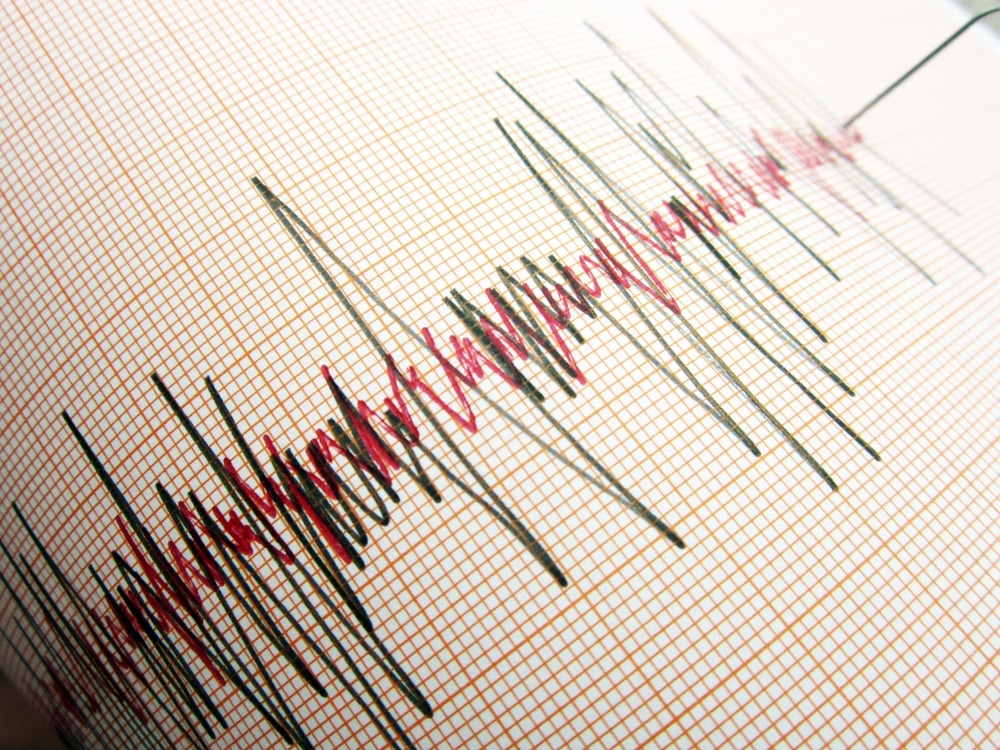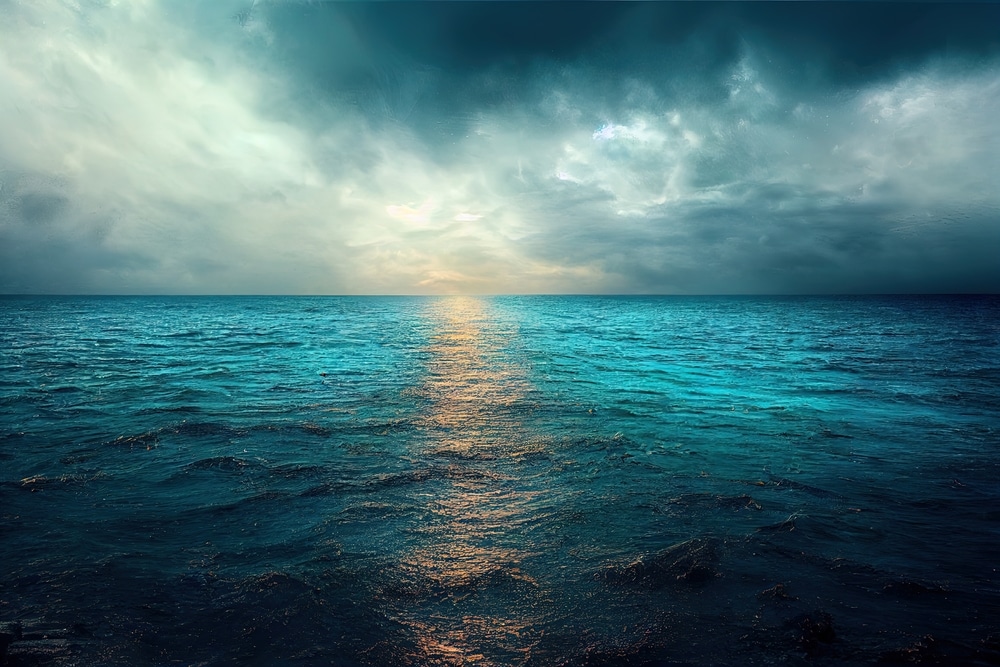On Friday, the White House released a federally mandated report on solar geoengineering, which is an umbrella term that describes methods of reflecting sunlight away from the earth to cool the atmosphere.
According to CNBC, The Biden-Harris administration has no plans underway to launch a comprehensive research program into solar radiation modification, according to a senior administration official.
But the report also says there is good logic for a cohesive research agenda on this topic. “These unknowns, and the ever-evolving understanding of complex Earth systems, provide a compelling case for research to better understand both the potential benefits and risks,” the report says.
The report comes from the White House Office of Science and Technology Policy and was produced to fulfill a congressional mandate included in the Consolidated Appropriations Act passed in 2022, which asked the White House to develop a “research governance framework to provide guidance on transparency, engagement, and risk management for publicly funded work in solar geoengineering research.”
For decades, solar radiation modification has been relegated to the realm of science fiction. But as the effects of climate change have become more obvious and dangerous, some argue that climate intervention may be less dangerous than the global warming that would happen without them.
Heat is a worthy adversary to mitigate — it’s often called “the silent killer” — but solar radiation management would not address other implications of climate change, like ocean acidification or air pollution.
The White House report focuses on two methods of solar geoengineering. Stratospheric aerosol injection is releasing particles of sulfur dioxide or another substance into the upper atmosphere to reflect sunlight away from the Earth. Marine cloud brightening is meant to improve the reflectivity of certain clouds by injecting sea salt or through other methods.
Fragmented research into solar radiation modification is already happening in federal science agencies, and research into topics like volcanic action and cloud-aerosol interactions could provide useful foundational knowledge.
Volcanic eruptions and large plumes of wildfire smoke provide a natural analog for engineered stratospheric aerosol injection. Ship tracks, which are clouds that form around ship exhaust, demonstrate the theory of marine cloud brightening.
But research into solar radiation management is limited and uncoordinated, leaving substantial gaps. Having a research plan would help the United States prepare for deployment of solar radiation modification by another government or a private body.

















